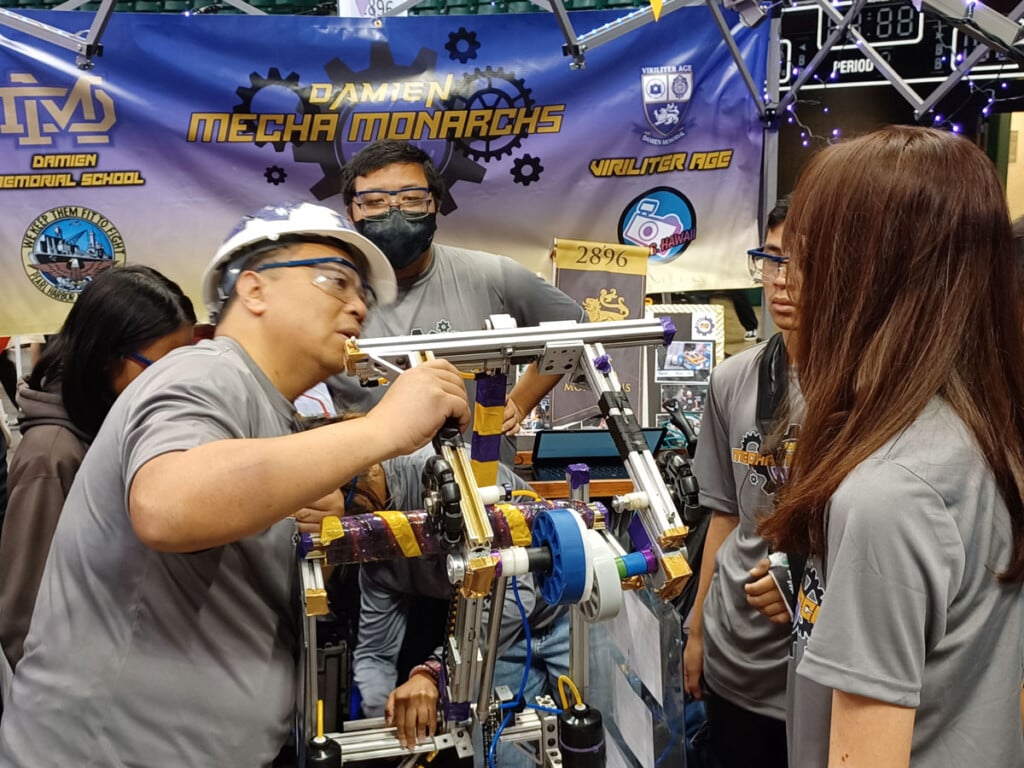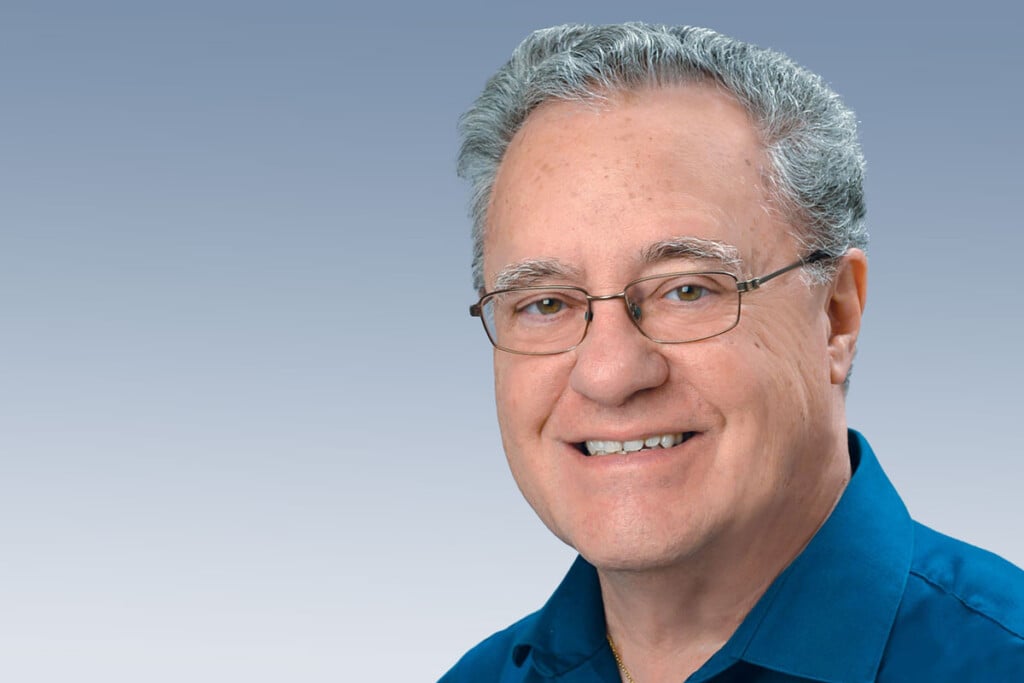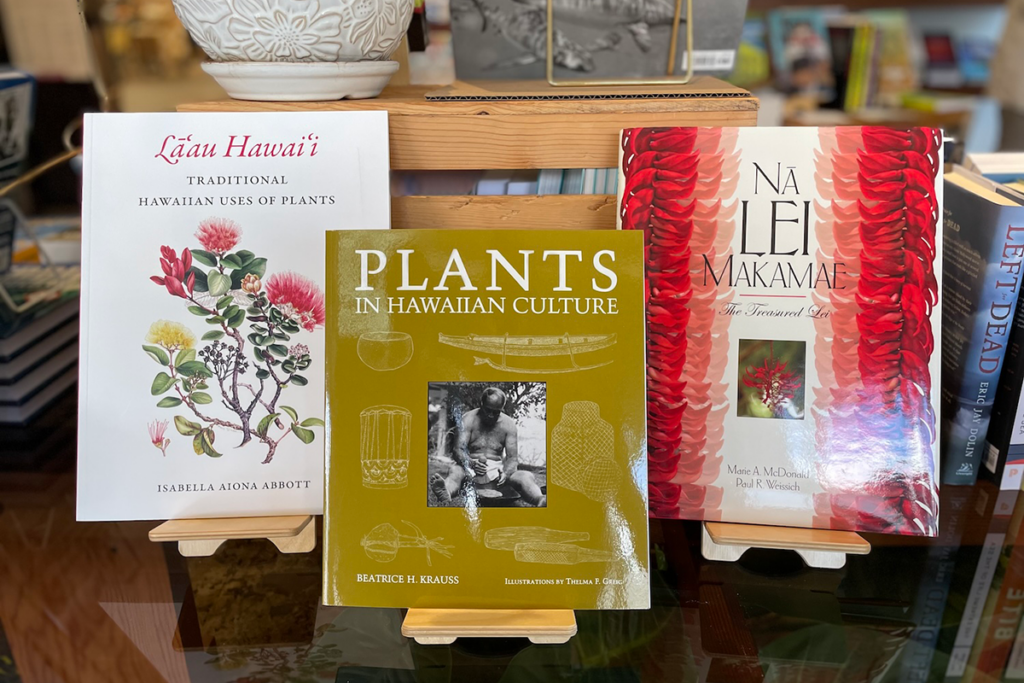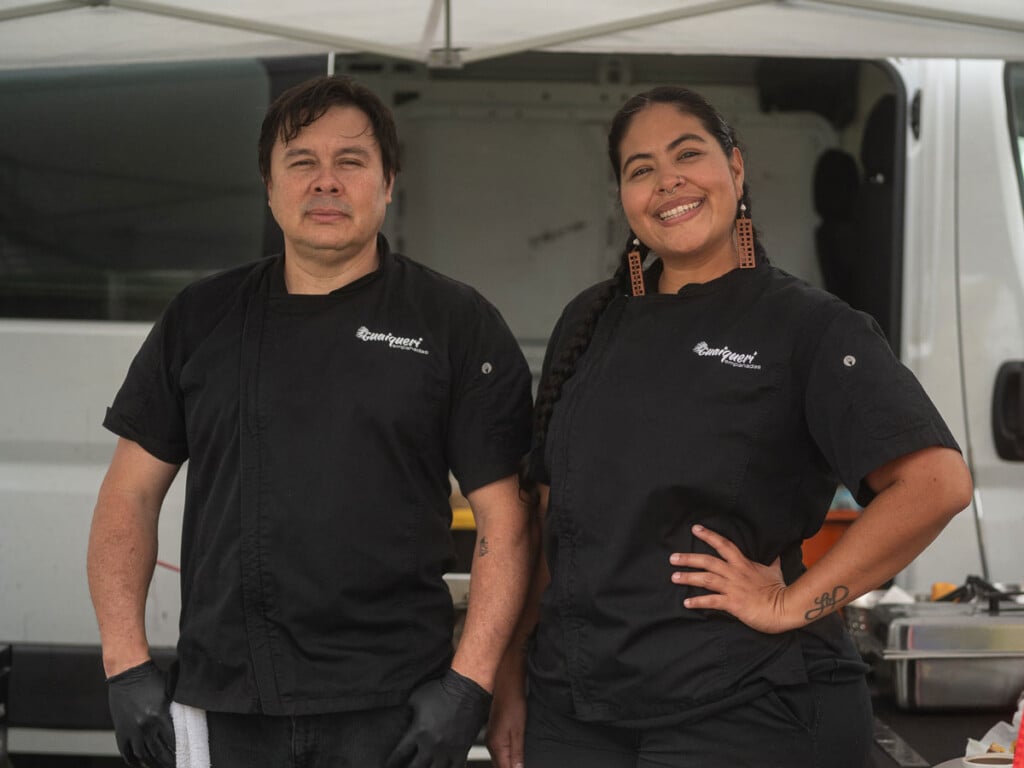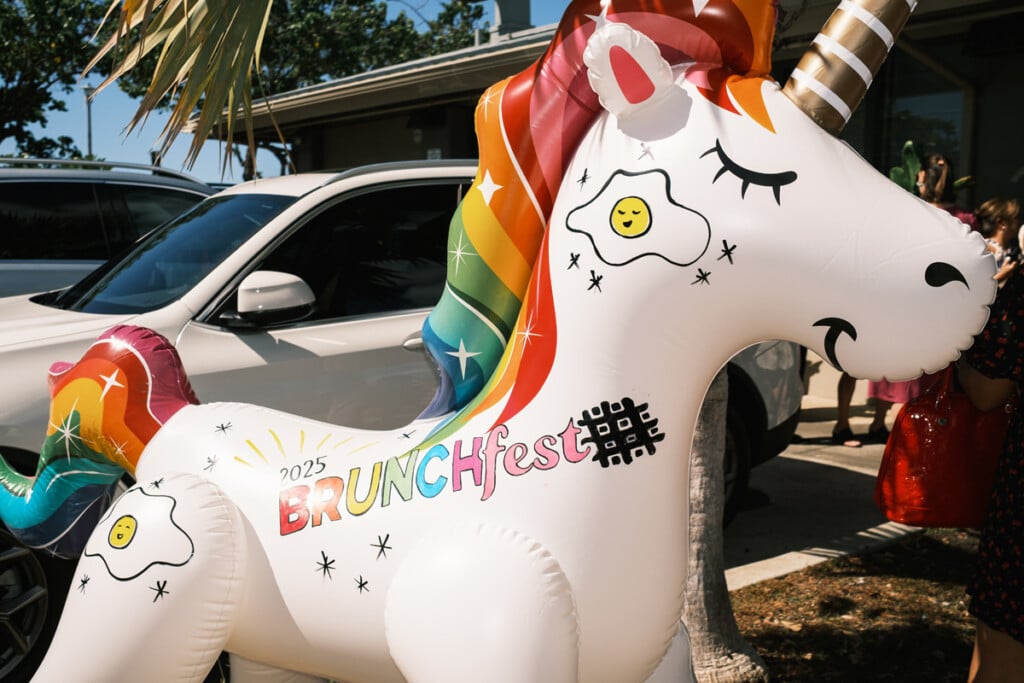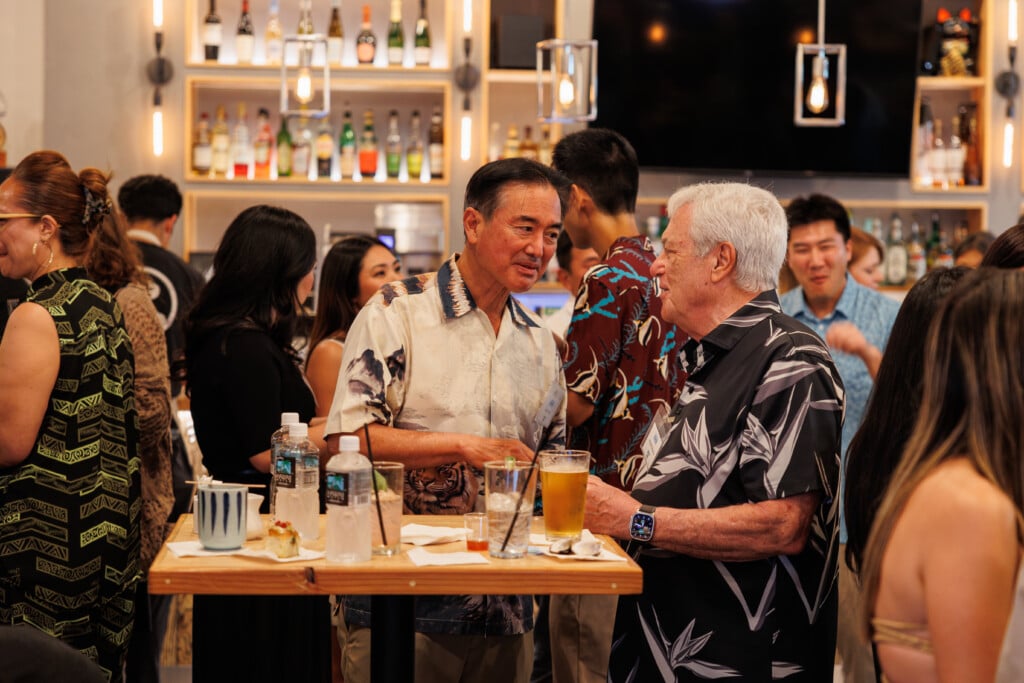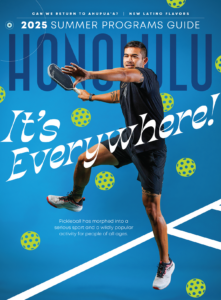Defining the Differences
It’s not just public or private. These categories will tell you more about a school’s focus and style of learning.
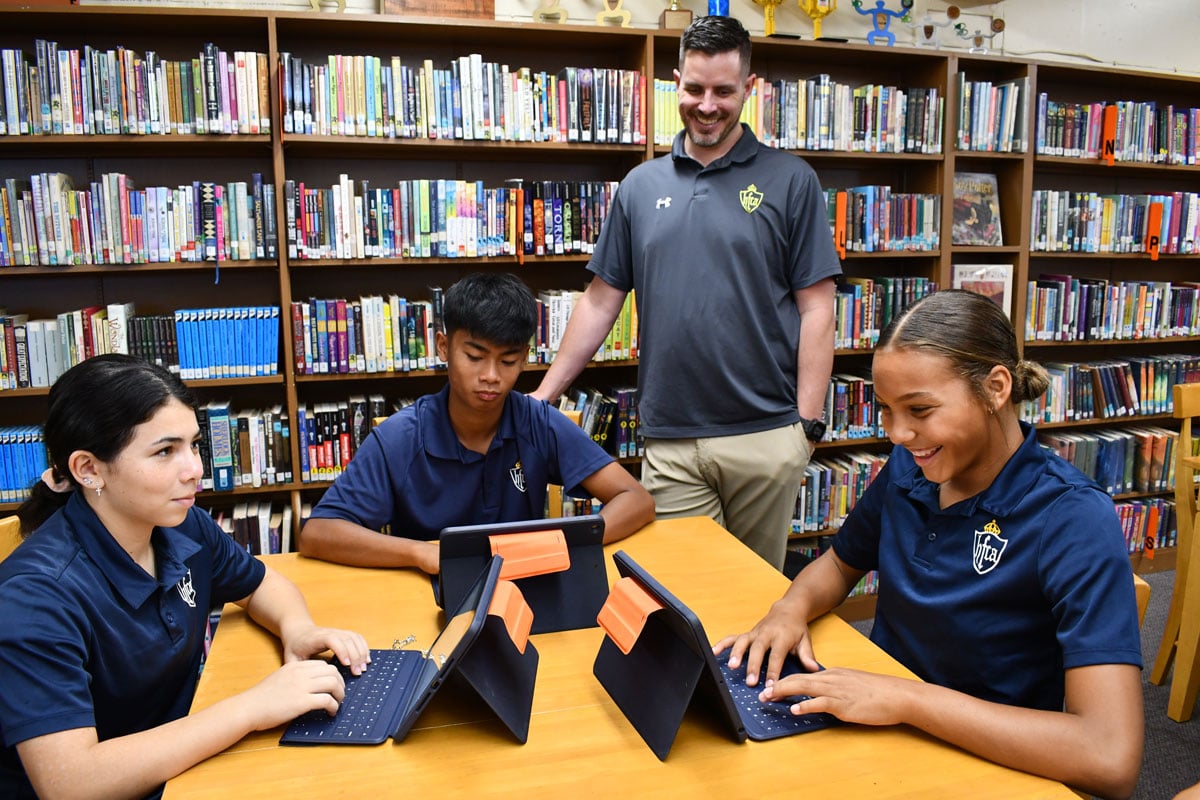
Private/Independent Schools
Each is driven by a unique mission, governed by an independent board of trustees and primarily supported through tuition and charitable contributions. Schools define their own mission and curriculum, vary in size and educational approach, and set their own standards for teacher credentials and performance as well as student admissions. There are elementary and secondary schools, day and boarding schools, single-sex and coeducational schools. All are accredited or licensed by state-recognized organizations. Some independent schools are religiously affiliated.
For-Profit School
This is a private school that operates as a business whose purpose is to generate profit by providing an educational program and related services. For-profit schools are either owned by individuals or corporations. Membership in the Hawai‘i Association of Independent Schools is currently limited to nonprofit schools.
Nonprofit School
Most private schools in Hawai‘i are nonprofit, which means the distribution of assets to shareholders or members is prohibited. These schools typically engage in various forms of fundraising to balance their operating budgets. Any additional revenue must be reinvested to achieve the school’s goals, rather than distributed as profit. Most nonprofit private schools have been granted 501(c)(3) status from the Internal Revenue Service, which makes them tax-exempt, and permits them to accept tax-deductible contributions.
Parochial School
Such schools operate or are supported by a particular church or religious denomination. In broad usage, these schools embrace a religious affiliation and offer both secular and religious instruction in an environment guided by religious traditions and values.
Montessori
At these schools, child development, educational philosophy and methods of instruction are grounded in the work of Italian physician and educator Maria Montessori (1870–1952). The Montessori approach centers around harmonious relationships among the child, teacher and environment. Montessori believes in educating the whole child and follows the interests of the child at his or her optimal pace. The teachers, who are usually focused on early education, are often referred to as guides or directresses as their primary role is to guide the child to navigate through the “prepared environment.”
Waldorf
This school’s view of human development, curriculum and learning derives from the life work of Austrian philosopher and teacher Rudolf Steiner (1861–1925). Art is the main medium of instruction and creativity, developmental appropriateness and the joyful aspects of learning. The curriculum integrates subject matter that parallels the psychological development of the child. More than a century old, Waldorf education can be found everywhere, with well over 1,000 schools worldwide.
Reggio Emilia
Reggio Emilia is a municipality in Northern Italy known worldwide for its child-centered and inquiry-based approach to early learning since its first schools opened in 1963. At its core are relationship building and treating children as highly capable and intelligent. Children and educators work to co-construct the meaning of an experience, in an environment respectful of children and one that provides context for learning. The documentation of learning and professional learning is key to the Reggio Emilia approach.
Competency-Based Learning
In this approach to education, the focus is on the student’s demonstration of desired learning outcomes as central to the learning process. It is focused on the student’s progression and observable skills as he or she learns to master a task. Instead of the traditional models that measure success in several fields at the end of a time period, students must learn the task at hand before continuing to the next.
International Baccalaureate
The worldwide nonprofit education program focuses on teaching students to think critically and independently, and to inquire with care and logic. There are four IB education programs, all of which are intended to develop students’ intellectual, emotional, personal and social skills. High school students will mostly engage in the IB Diploma Program and the Career-Related Program. More than 5,000 schools in 150 countries use IB curriculums.
Blended Learning
This approach combines face-to-face and online learning experiences, which complement each other. Generally, students can control the time, place, path and/or pace of their education.
